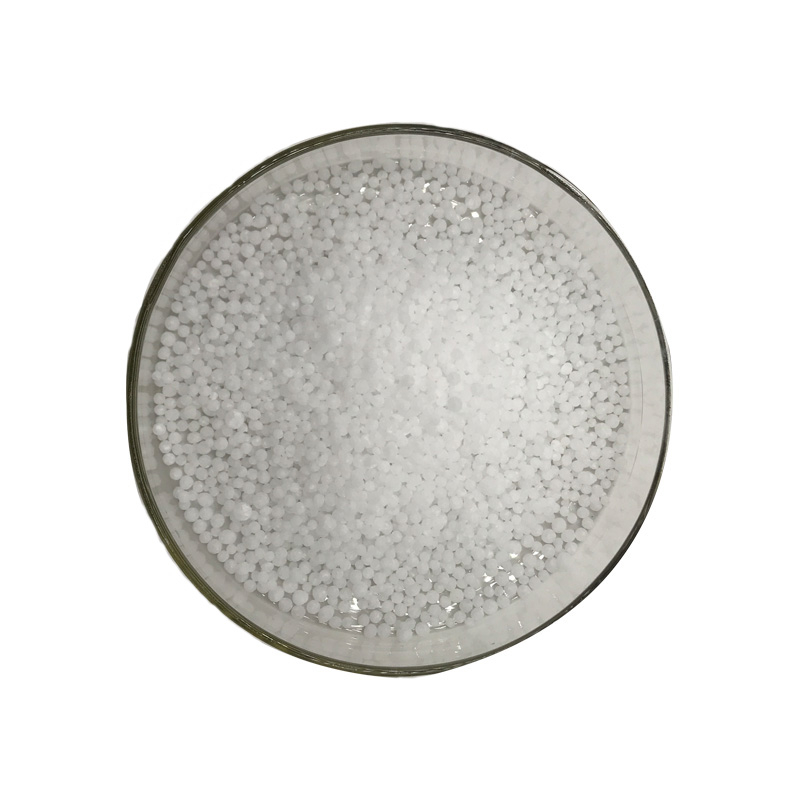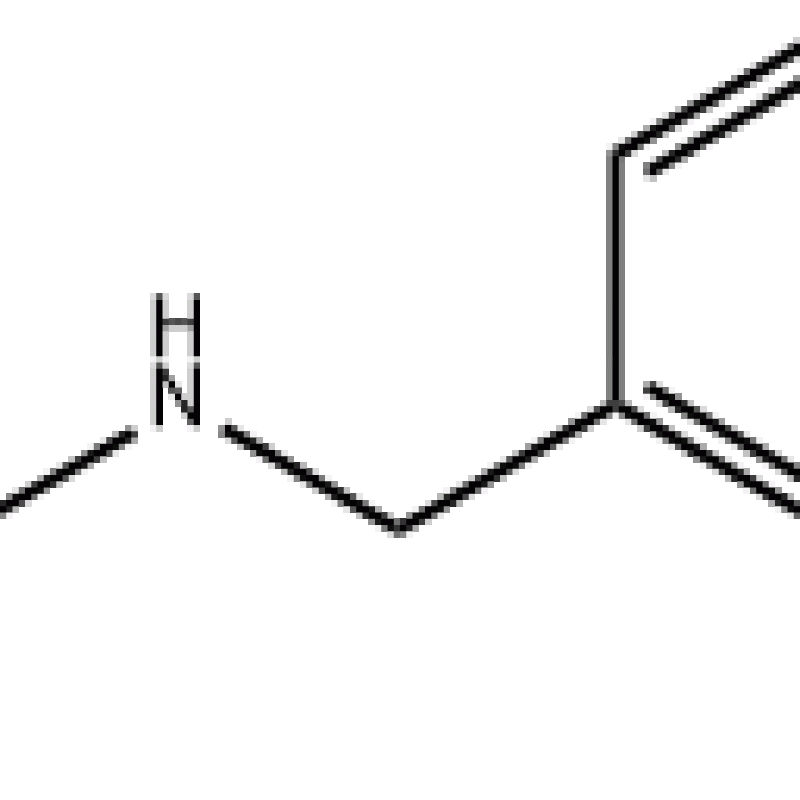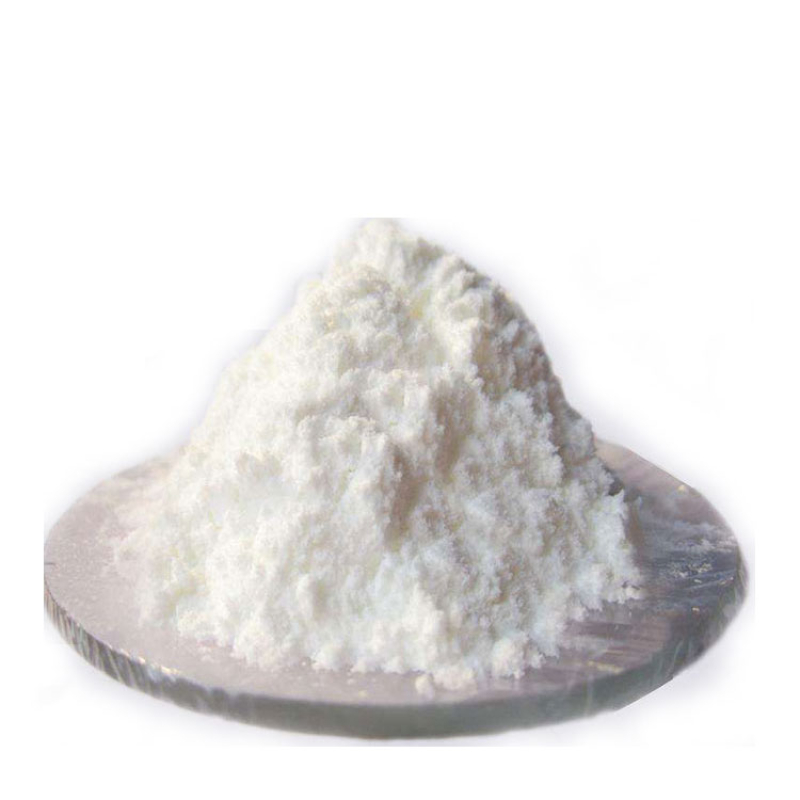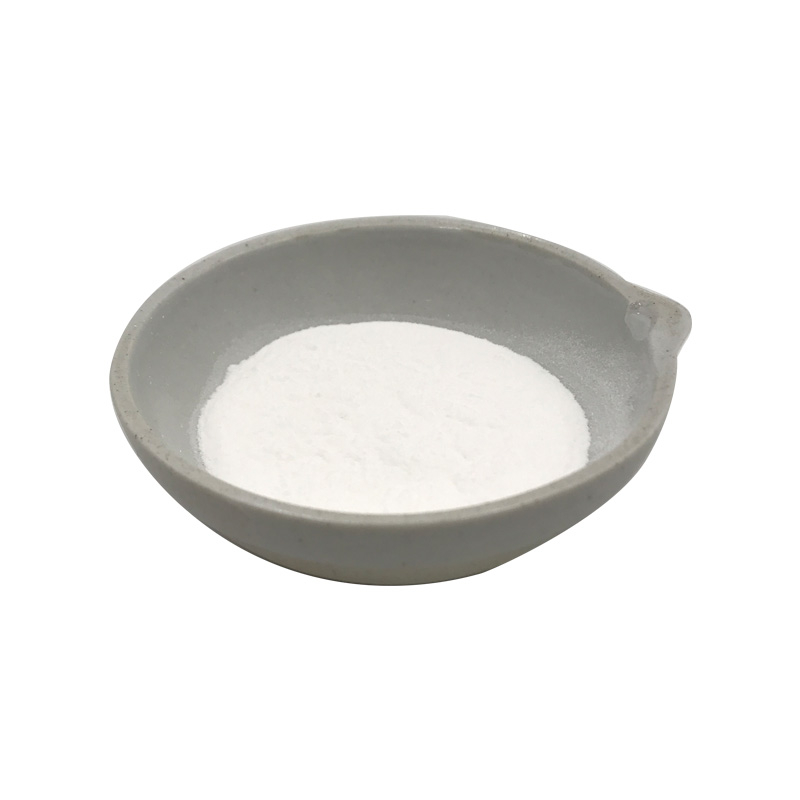Products Description of Isobornyl acrylate CAS#5888-33-5Isobornyl acrylate, abbreviated as IBOA, has attracted people's attention in research and application in recent years as a functional acrylate monomer due to its special structure and performance.
Contact Now
Products Description of Isobornyl methacrylate CAS#7534-94-3Isobornyl methacrylate is a colorless, transparent liquid. Isobornyl methacrylate is a monomer that combines hardness and flexibility. Due to its molecular structure, its polymer has excellent high gloss, vividness, scratch resistance, medium resistance and weather resistance, and its hygroscopicity is significantly lower than that of MMA (methyl methacrylate).
Contact Now
Products Description of Butyl acrylate CAS#141-32-2Butyl acrylate is mainly used to make polymer monomers for fibers, rubbers, and plastics. It is used in the organic industry to make adhesives, emulsifiers, and as an organic synthesis intermediate.It is used in the papermaking industry to make paper reinforcing agents. It is used in the coating industry to make acrylic coatings. Butyl acrylate (butyl acrylate) is the most important variety of acrylic esters.
Contact Now
Products Description of O-Phenylphenoxyethyl Acrylate CAS#72009-86-0White powderO-Phenylphenoxyethyl Acrylate Chemical Propertiesvapor pressure 0Pa at 20℃Water Solubility 30mg/L at 20℃InChIInChI=1S/C17H16O3/c1-2-17(18)20-13-12-19-16-11-7-6-10-15(16)14-8-4-3-5-9-14/h2-11H,1,12-13H2InChIKeyVAZQKPWSBFZARZ-UHFFFAOYSA-NSMILESC(OCCOC1=CC=CC=C1C1=CC=CC=C1)(=O)C=CLogP3.68EPA Substance Registry SystemPoly(oxy-1,2-ethanediyl), .alpha.-(1-oxo-2-propenyl)-.omega.-([1,1'-biphenyl]-2-yloxy)- (72009-86-0)Factory and Equipment ShowFast delivery timeInventory 2-3 working days New production
Contact Now
POLY(ETHYLENE GLYCOL) METHYL ETHER ACRYLATE Chemical PropertiesMelting point 6-7 °C(lit.)density 1.09 g/mL at 25 °C(lit.)Fp >230 °Fstorage temp. -20°Cform Granular Solidcolor White to off-whiteWater Solubility Soluble in waterEPA Substance Registry SystemPoly(oxy-1,2-ethanediyl), .alpha.-(1-oxo-2-propenyl)-.omega.-methoxy- (32171-39-4)Safety InformationHazard Codes TRisk Statements 45-46Safety Statements 53-36/37/39-24/25-22-45WGK Germany 3TSCA YesHS Code 39072090Factory and Equipment ShowFast delivery
Contact Now
4,4'-Methylenebis(N,N-diglycidylaniline) Chemical PropertiesBoiling point 619.3±35.0 °C(Predicted)density 1.15 g/mL at 25 °C(lit.)vapor pressure 0Pa at 24.85℃refractive index n20/D 1.601(lit.)Fp >230 °Fform clear liquidpka4.58±0.50(Predicted)color Light yellow to BrownWater Solubility 9.2mg/L at 20℃LogP2.12 at 22℃EPA Substance Registry SystemOxiranemethanamine, N,N'-(methylenedi-4,1-phenylene)bis[N-(oxiranylmethyl)- (28768-32-3)Safety InformationHazard Codes Xi,NRisk Statements 43-51/53Safety Statements
Contact Now
Products Description of N-Isopropylbenzylamine CAS#102-97-6N-Benzylisopropylamine can be used as an intermediate in the synthesis of compounds and as a precursor in the production of certain drugs. Due to its similarity in appearance and physical properties to methamphetamine, it has been included in the DEA's consideration in recent years. N-Benzylisopropylamine forms an amine adduct with magnesium in toluene at room temperature. Using N-Benzylisopropylamine as a ligand, bis(cyclopentadienyl)magnesium was prepared and characterized.
Contact Now
Products Description of N,N'-Carbonyldiimidazole CAS#530-62-1N,N′-Carbonyldiimidazole (CDI for short) is a derivative of imidazole. Its imidazole structure has a closed large P bond, and one of the nitrogen atoms has a lone pair of electrons in the unbonded sp2 orbital. These determine that CDI has strong chemical reactivity and can react with functional groups such as ammonia, alcohol, and acid to synthesize many compounds that are difficult to obtain by general chemical methods.
Contact Now
Products Description of N,N-Diethyl-m-toluamide CAS#134-62-3DEET (diethylmethylbenzamide), also known as DEET, is a broad-spectrum insect repellent that repels a variety of biting insects in various environments, including stinging flies, midges, black flies, chiggers, deer flies, fleas, gnats, horse flies, mosquitoes, sand flies, small flies, stable flies and ticks. DEET was developed and patented by the U.S. Department of Agriculture during World War II. The product was designated as a mosquito repellent for use by the U.S. military in 1946.
Contact Now
Products Description of N-Methylformamide CAS#123-39-7Pure N-methylformamide is a colorless, transparent, viscous liquid with m.p.-3.8℃, b.p.198℃, n25D 1.4310, relative density 0.9986 (25℃). It is soluble in water and inorganic salts.
Contact Now
Products Description of N,N-Dimethyldodecylamine CAS#112-18-5Colorless liquid. Melting point -20℃, boiling point 247℃, 110-112℃ (0.4kPa), relative density 0.775, refractive index 1.4375.
Contact Now
Products Description of N,N'-Methylenebisacrylamide CAS#110-26-9N-N'-methylenebisacrylamide is an amine organic compound and is widely used as a chemical reagent. It is used in the textile industry to produce thickeners and adhesives, and in oil mining to produce leak-stopping agents. It is also widely used in leather chemicals, printing and many other fields. It is a quality product that is widely used in the market.
Contact Now
Products Description of N,beta-Dimethylphenethylamine hydrochloride CAS#5969-39-1A phenethylamine derivative as sympathomimetics.
Contact Now
N,N-Dimethylformamide CAS#68-12 - 2Dimethylformamide is a flammable, colorlessliquid with a fishy, unpleasant, amine-like scent at relativelylow concentrations. The smell threshold is 0.47100 ppm.Molecular weight= 73.11; Specific gravity (H2O:1)= 0.95;Boiling factor = 153℃; Freezing/Melting factor = 261℃;Vapor pressure= three mmHg at 20℃; Flash factor = 58℃;Autoignition temperature= 444.5℃. Explosive limits are:LEL = 2.2%; UEL= 15.2% at 100℃.
Contact Now
Products Description of N,N-Diethyl-p-phenylenediamine sulfate CAS#6283-63-2White or light red crystals. Soluble in water, slightly soluble in alcohol. Easily oxidized to pink.
Contact Now
Products Description of 4-Methylmorpholine N-oxide CAS#7529-22-8N-methylmorpholine oxide (NMMO) solvent is a special excellent solvent with extremely strong solubility for cellulose. It is a crystalline solid or liquid at room temperature, non-toxic, weakly alkaline, and highly hygroscopic. Each molecule can combine with multiple water molecules. It is easy to produce a color change reaction at 120°C, and an overheating reaction at 175°C and is easy to gasify and decompose.
Contact Now
Products Description of 4-Amino-N-methylbenzamide CAS#6274-22-2White crystal particles4-Amino-N-methylbenzamide Chemical PropertiesMelting point 181 °CBoiling point 364.1±25.0 °C(Predicted)density 1.137storage temp. Keep in dark place,Inert atmosphere,Room temperaturesolubility soluble in Methanolform powder to crystalpka15.84±0.46(Predicted)color White to Light yellow to Light orangeCAS DataBase Reference6274-22-2(CAS DataBase Reference)Safety InformationHazard Codes XiHazardClass IRRITANTHS Code 29242990Factory and Equipment ShowFast del
Contact Now
Products Description of N-Cyclohexyl-2-pyrrolidone CAS#6837-24-7N-Cyclohexyl-2-pyrrolidone or CHP is a yellow to colorless liquid. It has a low vapor pressure, and is nearly odorless. It has a low solubility in water, but is soluble in a variety of organic solvents.CHP is used in the electronics industry as a photoresist stripper (usually in combination with other solvents like N-methyl-2-pyrrolidone), and as a chemical polisher of copper in circuit board fabrication.
Contact Now
Products Description of Sodium Oleate CAS#143-19-1Sodium oleate, also known as sodium octadecenoate, cis-9-octadecenol, oleyl alcohol, cis-9-octadecenol, (Z)-octadecenol, olive oil alcohol, cis-9-octadecen-1-ol, 9-n-octadecenol, octadecenol. It is an organic oil with the chemical formula C17H33CO2Na. Sodium oleate is the main component of soap made from olive oil and tallow soap. It can also be made by reacting sodium hydroxide with oleic acid. It is a compound composed of a hydrophobic group and a hydrophilic group.
Contact Now
Products Description of Chloramine B CAS#127-52-6Chloramine B hydrate is a white crystalline powder.Chloramine B Chemical PropertiesMelting point 190°CBoiling point 189℃[at 101 325 Pa]density 1.484[at 20℃]vapor pressure 0Pa at 20℃storage temp. Keep in dark place,Inert atmosphere,2-8°Csolubility H2O: 0.1 g/mL, clearform solidpka1.88[at 20 ℃]Water Solubility 0.1 g/mLMerck 14,2074BRN 3599287InChIKeyKDNCILYKSYKEFJ-UHFFFAOYSA-NLogP0.14 at 26℃EPA Substance Registry SystemChloramine B (127-52-6) Safety InformationHazard Codes CRisk
Contact Now
Products Description of Rhodium Chloride CAS#20765-98-4Hydrated rhodium trichloride is a chemical substance with the molecular formula RhCl3·nH2O. It is a reddish brown crystalline powder, easily soluble in water, hydrochloric acid, acetone, alcohol and alkaline solution.
Contact Now
Products Description of Polymethylene polyphenyl polyisocyanate CAS#9016-87-9Brown transparent liquid with pungent odor.Polymethylene polyphenyl polyisocyanate Chemical PropertiesBoiling point 392 °C5 mm Hgdensity 1.2 g/mL at 25 °C(lit.)vapor density 8.6 (vs air)refractive index n20/D 1.634Fp >230 °Fstorage temp. Refrigerator, Under inert atmospheresolubility DMSO (Sparingly), Ethyl Acetate (Slightly), Methanol (Soluble)form Oilcolor Yellow to OrangeStability:Stable.
Contact Now
Products Description of Poly(methylhydrosiloxane) CAS#63148-57-2Polymethylhydrogensiloxane is a silicone oil used in biology and chemistry. Under the action of metal salt catalysts, it can cross-link into a film at low temperature, forming a waterproof film on the surface of various materials.
Contact Now
Products Description of POLY(METHYLSILSESQUIOXANE) CAS#68554-70-1White powderPOLY(METHYLSILSESQUIOXANE) Chemical Propertiesdensity 1,08 g/cm3refractive index 1.42Fp >121°Csolubility Insoluble in water.form SolidSpecific Gravity1.08color Clear. White.EPA Substance Registry SystemSilsesquioxanes, Me (68554-70-1)Safety InformationRisk Statements 36/37/38Safety Statements 26-36/37/39TSCA YesFactory and Equipment ShowFast delivery timeInventory 2-3 working days New production 7-10 working days
Contact Now

































